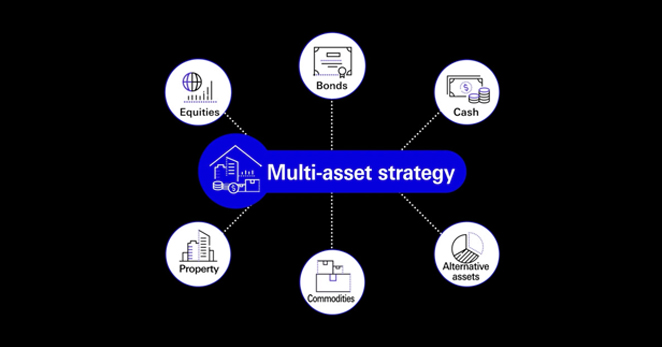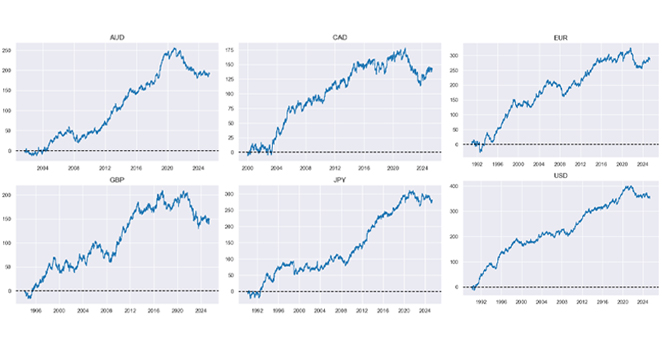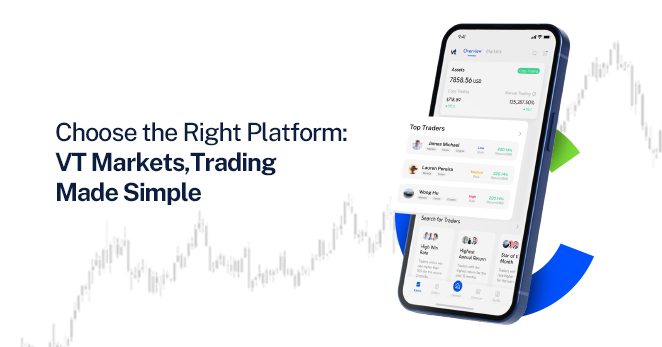
This is an era defined by high market complexity and constant information flow. Considering the situation, the ability to operate across multiple asset classes is not just advantageous; it’s essential for the modern trader. While many market participants gravitate toward a single asset class based on familiarity or peer influence, the true potential of trading is unlocked when one begins to diversify across asset verticals such as equities, currencies, commodities, and fixed-income instruments.
Trading across asset classes offers tangible strategic advantages, including enhanced risk diversification, expanded opportunity sets, and often, more consistent performance outcomes. Most investment professionals agree that, although it does not guarantee against loss, diversification is the most important component of reaching long-range financial goals while minimizing risk. Here, we look at why this is true and how to accomplish diversification in your portfolio.
A-Pillar of Resilient Trading

The core of cross-asset trading lies in the principle of risk dispersion. Concentrating capital within a single market leaves traders vulnerable to asset-specific shocks and macroeconomic shifts. By diversifying exposure across asset classes that have low or inverse correlations, one can significantly reduce downside risk while still maintaining the potential for upside performance.
Consider a scenario where a trader holds long positions across several global equity indices. Given the high correlation among these indices, especially among developed markets, such positions essentially represent concentrated exposure. Conversely, integrating commodities such as gold (a traditional safe-haven asset) or sovereign bonds into the portfolio can serve as a natural hedge during equity drawdowns, thereby softening portfolio volatility.
In practical terms, diversification across asset classes is less about expanding the number of trades and more about achieving a strategically uncorrelated risk profile. The key lies in understanding cross-asset interdependencies and leveraging them intelligently.
Expanding the Spectrum of Opportunity

Market regimes shift, volatility ebbs and flows, and macroeconomic cycles rotate. Traders who limit themselves to a singular market may find their strategy less effective during periods of stagnation or trendless price action.
By expanding their focus on different assets, traders can discover actionable trading opportunities across a wider variety of instruments, regardless of where volatility is present at any given moment. For example, when a high-beta stock like Nvidia is consolidating within a narrow price range, other markets such as oil, gold, or currency pairs like USD/JPY may provide more favorable trading conditions.
This ability to pivot smoothly between asset classes enables traders to remain active and engaged, rather than waiting passively for conditions to change within a limited sphere of influence.
Improved Performance Through Portfolio Balance

While empirical data on retail trader behavior remains limited, both professional anecdote and institutional practice suggest that diversified, multi-asset portfolios tend to exhibit more stable and sustainable performance. Traders who can apply their edge across various market environments are better positioned.
Trading multiple asset classes requires more than ambition; it demands adaptability, deep market literacy, and disciplined execution. Success hinges on understanding each asset class’s unique behavior, drivers, and risk profile.
The Hallmark of a Modern Trader

Trading across different asset classes is not just a strategy for diversification; it is a way of thinking in multiple dimensions. Each market responds to various catalysts, reacts at different speeds, and offers opportunities over different timeframes. A skilled cross-asset trader possesses the ability to adapt as conditions change, blending broad macroeconomic views with detailed technical analysis.
Crucially, this approach demands robust risk management. A diversified portfolio without appropriate position sizing, exposure control, and stop discipline may simply replace concentrated risk with chaotic allocation. Therefore, a methodical, data-informed approach must underpin every cross-asset decision.
Evolve Beyond Single-Market Thinking

Remaining tethered to one asset class may feel comfortable, but it also exposes traders to blind spots and missed opportunities. In contrast, cross-asset trading fosters a richer understanding of global market dynamics, enhances trading optionality, and ultimately cultivates more durable outcomes.
In a world where economic regimes are increasingly fluid and interconnected, the ability to navigate multiple asset classes with skill and strategic intent may well define the traders who succeed and those who merely survive.







